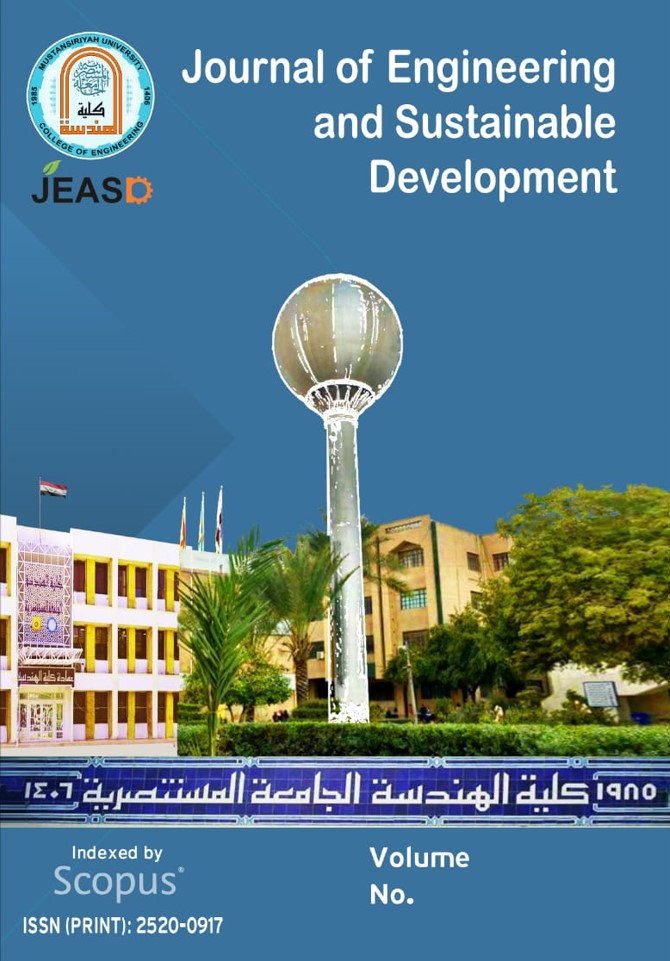Abstract
The major aspects in dealing with the design of nuclear shelters, such as the engineering designs (architectural and civil), location, prevailing meteorological conditions, methods and technologies of ventilation and air conditioning, supplies, degree of burial, wall thickness…etc., the last two aspects are chosen in this paper. This paper results in the preference for the nuclear shelter to be underground for maximum protection. That will reduce the effect of overpressure on the exposed roof slab, and remove the effect of the dynamic pressure altogether. Also, the effects of radiation would be reduced, allowing simplification of the design process and reducing the material cost compared with a similar partially or wholly above-ground shelter. Two types of concrete were tested as shielding materials through the use of the computer program CADRE, in addition to the use of the program BMIX to calculate some of the variables needed for the essential program, to calculate the wall thickness required to reduce the radiation dose exerted from a nuclear explosion of 20 kT (about 1 km away) to a safe value inside the shelter (2 mrem/h)
Keywords
CADRE
Nuclear Explosion
Nuclear Shelters
